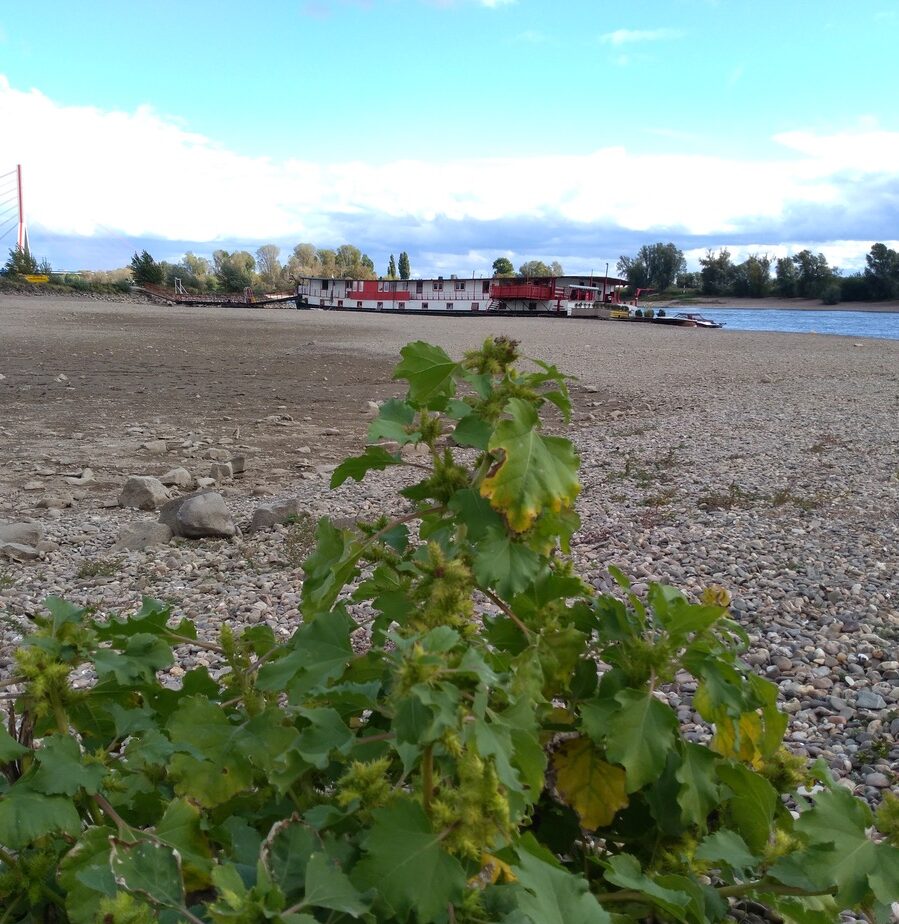ABOUT
Collaboratories are collaborations that ReSEED establishes with people and projects to discuss subjects related to our research which require knowledge of diverse disciplines. The Collaboratories aim to solve problems in an inter and transdisciplinary way in partnership with colleagues from other scientific areas inside and outside our institution, the University of Coimbra.
In_SEED collaborations include people and projects interested in studying the biological and genetic aspects of seeds and plants. They research the physiological aspects, the adaptation to the environment, ancient DNA, modern DNA. The partners are researchers and experts in archaeobotany, genomics, biology, etc. Some of them work in seed banks, herbaria and other public organisations focused on edible plants, weeds, wild relatives and others.
PEOPLE
![]() Ana Afonso | University of Coimbra
Ana Afonso | University of Coimbra
![]() Ana Isabel Ribeiro | University of Coimbra
Ana Isabel Ribeiro | University of Coimbra
![]() Ana Maria Barata | INIAV-Portuguese National Genebank
Ana Maria Barata | INIAV-Portuguese National Genebank
![]() António Gouveia | University of Coimbra
António Gouveia | University of Coimbra
![]() Benvindo Maçãs | Elvas National Plant Breeding Station
Benvindo Maçãs | Elvas National Plant Breeding Station
![]() Filipe Covelo | University of Coimbra
Filipe Covelo | University of Coimbra
![]() Herlander Azevedo | BIOPOLIS-CIBIO
Herlander Azevedo | BIOPOLIS-CIBIO
![]() João Teixeira | University of Adelaide
João Teixeira | University of Adelaide
other collaboratories

project 1/collab
› Xanthium, the project aims at setting up a conceptual workflow for delimiting coherent evolutionary lineages in intricate taxonomic groups.

project 2/collab
› GrapeVision, follows ongoing work on grapevine genomics led by BIOPOLIS-CIBIO researchers and leveraging their multidisciplinarity and expertise in genomics and bioinformatics.

Xanthium
The project aims at setting up a conceptual workflow for delimiting coherent evolutionary lineages in intricate taxonomic groups. The workflow will be tested on Xanthium, a genus of the sunflower family.
It is a weed associated with cultivated plants, namely irrigated plants. The genus being analysed was introduced to the Iberian Peninsula presumably already during the 16th century with the transatlantic voyages, together with the other plants of the new world.
The collaboration with this project allows ReSEED to understand an important aspect: sometimes we will get to the cultivated plant not with the information about it but because we have indirect data on wild relatives or the weeds associated with the cultivated plant.
With Xanthium Project, it is possible to follow the trajectory of investigation and the questions that arise when it is necessary to know the wild species associated with cultivated plants. It also allows us to explore the possibilities and understand the challenges of doing transdisciplinary research by crossing data from diverse historical and biological sources.

GrapeVision
GrapeVision follows ongoing work on grapevine genomics led by BIOPOLIS-CIBIO researchers and leveraging their multidisciplinarity and expertise in genomics and bioinformatics. GrapeVision is currently conducting an in-depth characterization of the Portuguese genome landscape using genomics analysis of modern and ancient DNA while tackling the importance of the Iberian Peninsula in grapevine domestication.
GrapeVision is addressing changes in grapevine from earlier cultivation to the present time, towards a better understanding of grapevine cultivation, and a recognition of the changes in agriculture over a very long period of time. The research team is formed by different disciplinary areas, including plant science/genomics, archaeology (in particular archaeobotany), history and viticulture.
The project aims to cross-reference biological and genetic data with economic and social information, which is of particular interest to ReSEED. Our research on the different ways of growing vines in Portugal in the last centuries is also relevant for GrapeVision.

Título 3 da colaboração ou projeto
Your content goes here. Edit or remove this text inline or in the module Content settings. You can also style every aspect of this content in the module Design settings and even apply custom CSS to this text in the module Advanced settings. Your content goes here. Edit or remove this text inline or in the module Content settings. You can also style every aspect of this content in the module Design settings and even apply custom CSS to this text in the module Advanced settings.
